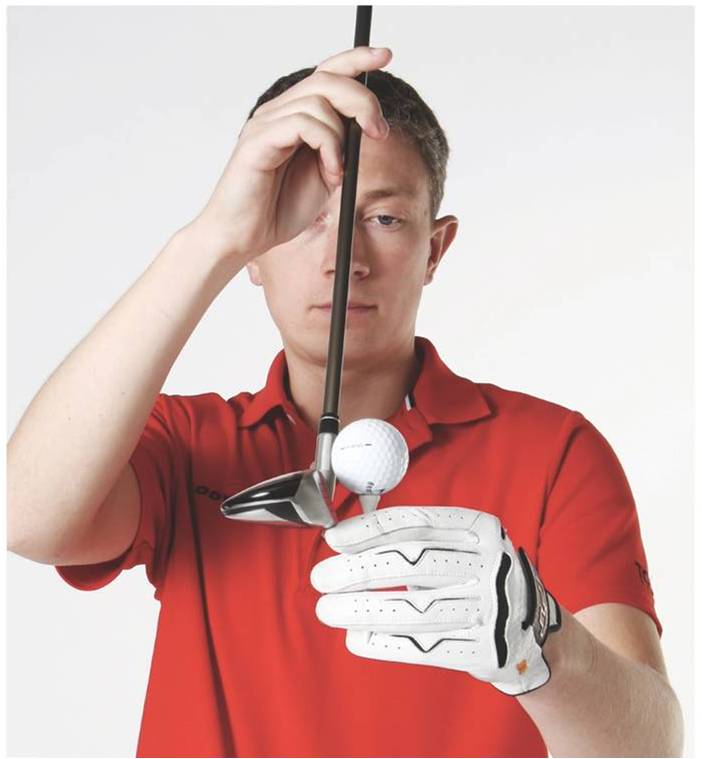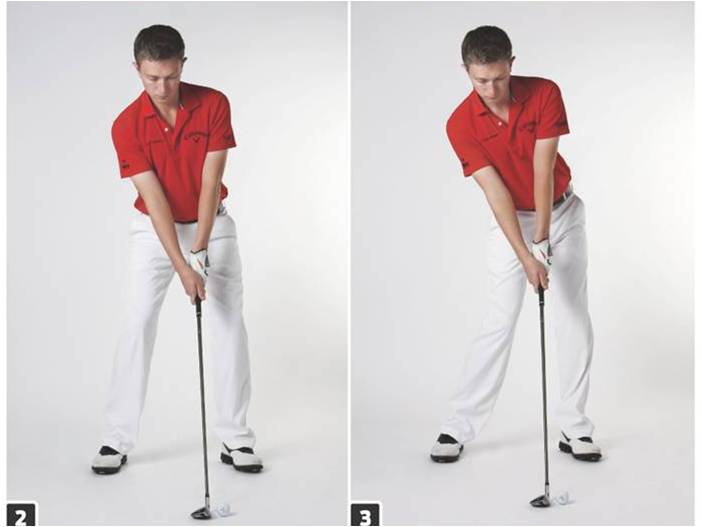How to use a Rescue or Utility Club – Part 1
Different ways to use a utility / rescue club
In 1935, Gene Sarazen, one of the greatest players of the time, realized how adding extra metal on the bottom and back of the club, and increasing the loft helped the club bounce through the sand making bunker play easier. This is how he created the SAND WEDGE, which has been a standard part of every golfer’s set since that time. From this time, club development has been about improving the quality of each of the clubs, bigger heads, better quality shafts, and positioning the weight differently in iron heads to make the ball fly higher and longer etc. However, there have been no new types of clubs that have stuck, until the Rescue / Utility club came along. The rescue club is not an iron; it is not a wood; it is somewhere in the middle. If you know how, you can play a wide variety of shots with it, and make those scary long iron shots from the fairway or on long par 3’s a lot easier.
I am a believer that nearly every level of golfer can benefit from having a rescue club in their bag, so over a serious of articles I will explain how to use it in 4 different situations. However, don’t let me limit your imagination. The rescue club is still a baby in its life, and I’m sure there are more different types of shots you can develop which no one has thought of yet. Leave your long irons at home and watch your score drop!
What will be the next new type of club to be designed??
Short par 4 – Play it like a Driver
Most courses we play will have at least one par 4 where it is short but very tight. Perhaps, it might be OB on either side of the hole, or serve bunkers, or long grass. On this type of hole, the reward is for keeping the ball on the short grass, not long distance, making the rescue club the prefect club for the job.
How to play
Play the shot like it is your driver, taking the same address position.
- The tee height should leave ½ the ball above the clubface when the club is on the ground.

- Ball position in line with the left heel
- Your stance should be the same width as your driver – wider than you shoulders.
- Weight 60:40 right foot with your spine angled slightly away from target.
- This set up position will create an ascending impact position, helping to maximize distance.
- There should be no divot.

